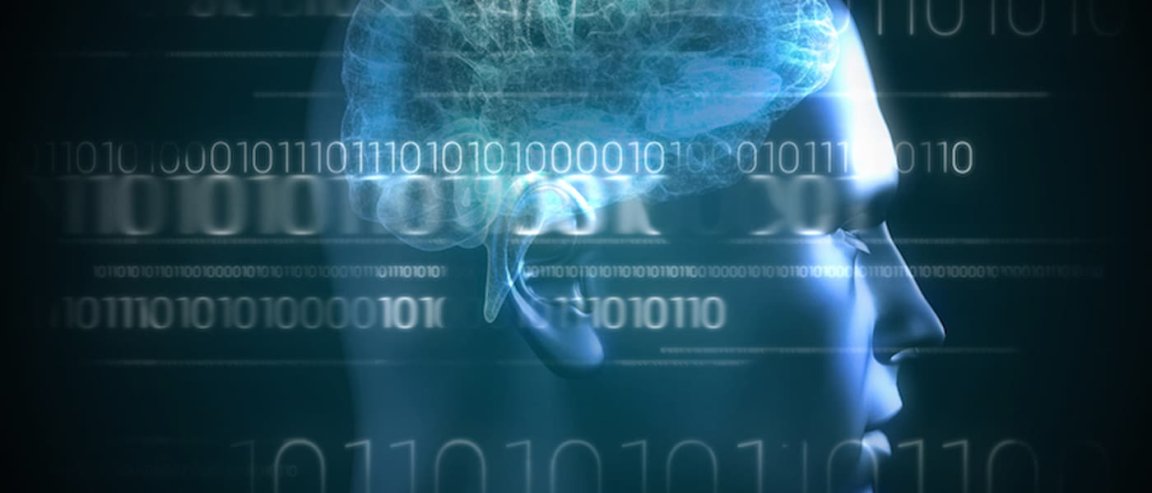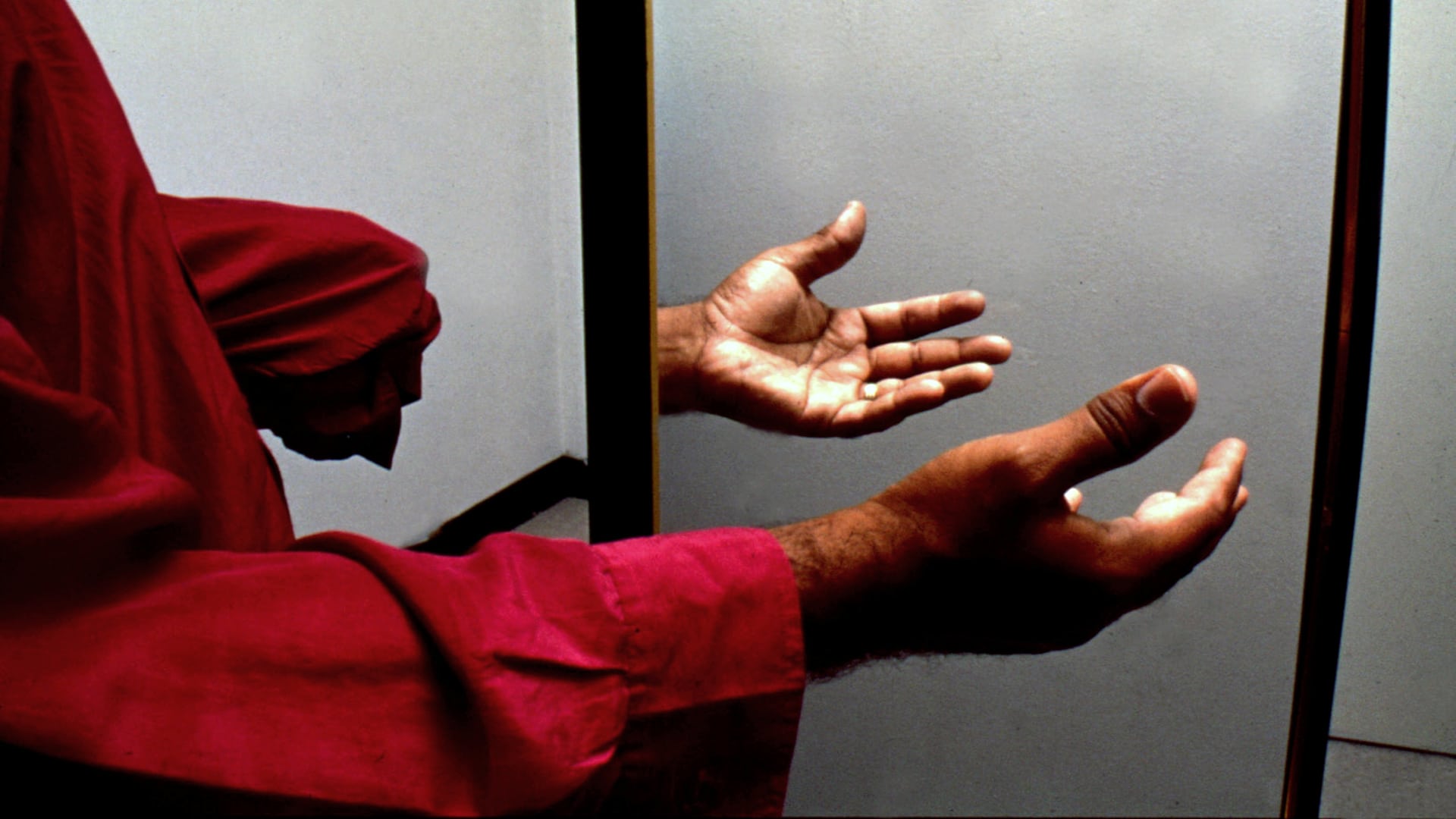
A Phantom Pain
Machine-assisted medicine has become an ubiquitous part of keeping us healthy and in the continued search for treatment to the vast mysteries of illness. Recent developments in brain-machine technology have discovered a way to relieve phantom limb pain through brain-machine-interfaces. The findings are published in Nature Communications.
“People with phantom limb pain still feel like there’s a hand there — it basically feels painful, like a burning or hypersensitive type of pain, and conventional painkillers are ineffective in treating it,” said Ben Seymour, a neuroscientist at the University of Cambridge in England and a co-author of the study.
When the body makes a movement, the brain generates activity for locomotion and uses visual and sensory cues to check if the action is occurring as intended. The sensations that a moving limb experience are processed by the brain to confirm if the brain activity generated was sufficient. An amputee experiences the same brain activity but receives none of the visual and sensory markers. This discrepancy is believed to be the cause of phantom limb pain.

Translating Brain Signals
Scientists previously thought that simulating movement with robotic prosthesis to provide the brain with the missing cues would mitigate the pain. However, when the researchers attempted this, it somehow made the patients’ pain worse. They then tried a different approach by asking the patients to imagine that their opposite hand was the phantom hand. For example, a patient with an amputated left hand was asked to move his imagined missing right hand.
The signals that the brain generated in the imagination activity was translated by brain-machine-interface technology so that movement of the robotic prosthesis is met with the right visual and sensory cue, and the patients’ phantom pain decreased. Brain-machine-interface technology analyzes brain signals and translates them into commands that can be relayed to devices like prosthetic limbs.
Truly, lines are blurring between humans and machines as we progress further into unlocking technological solutions to physiological problems.